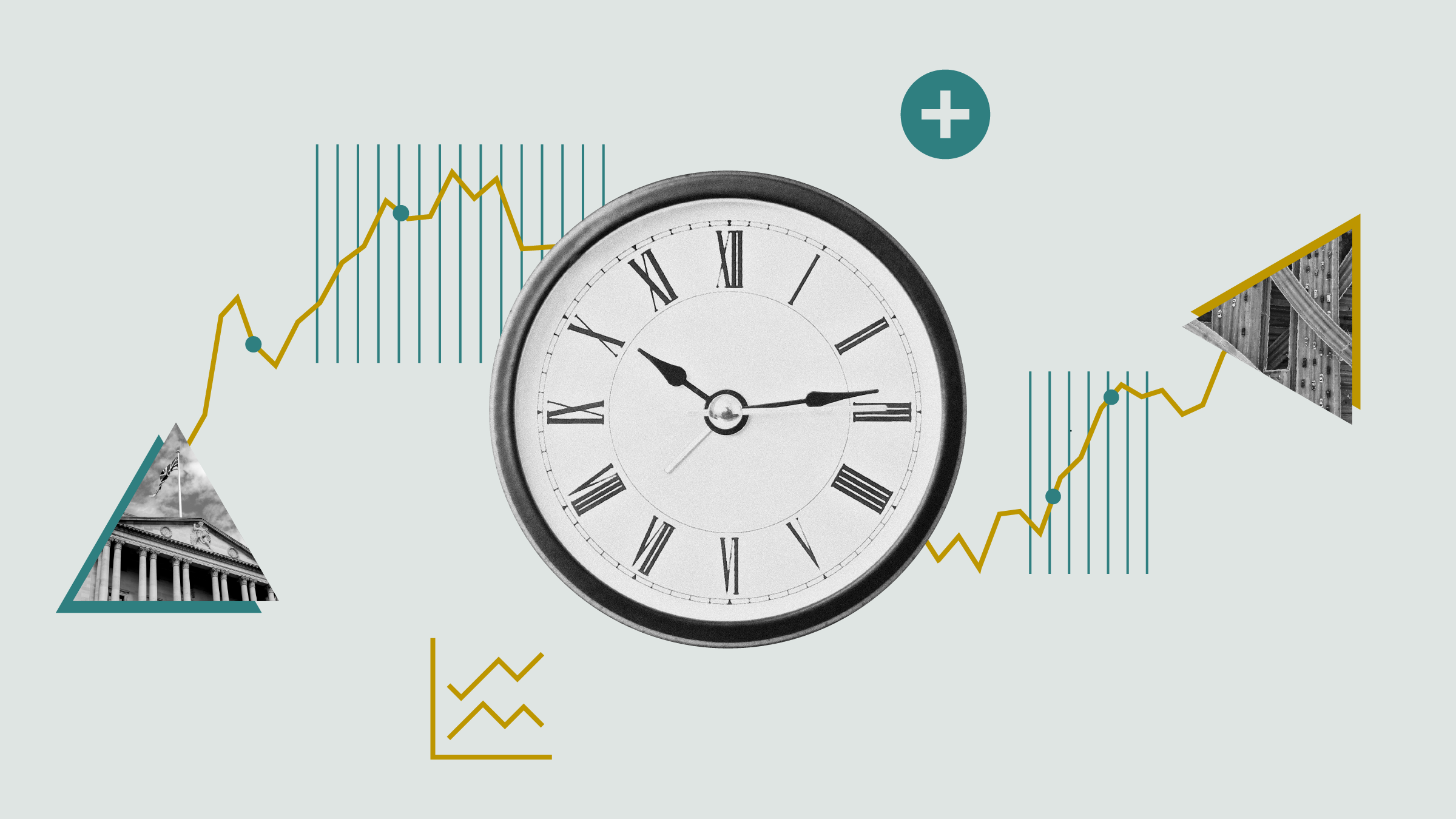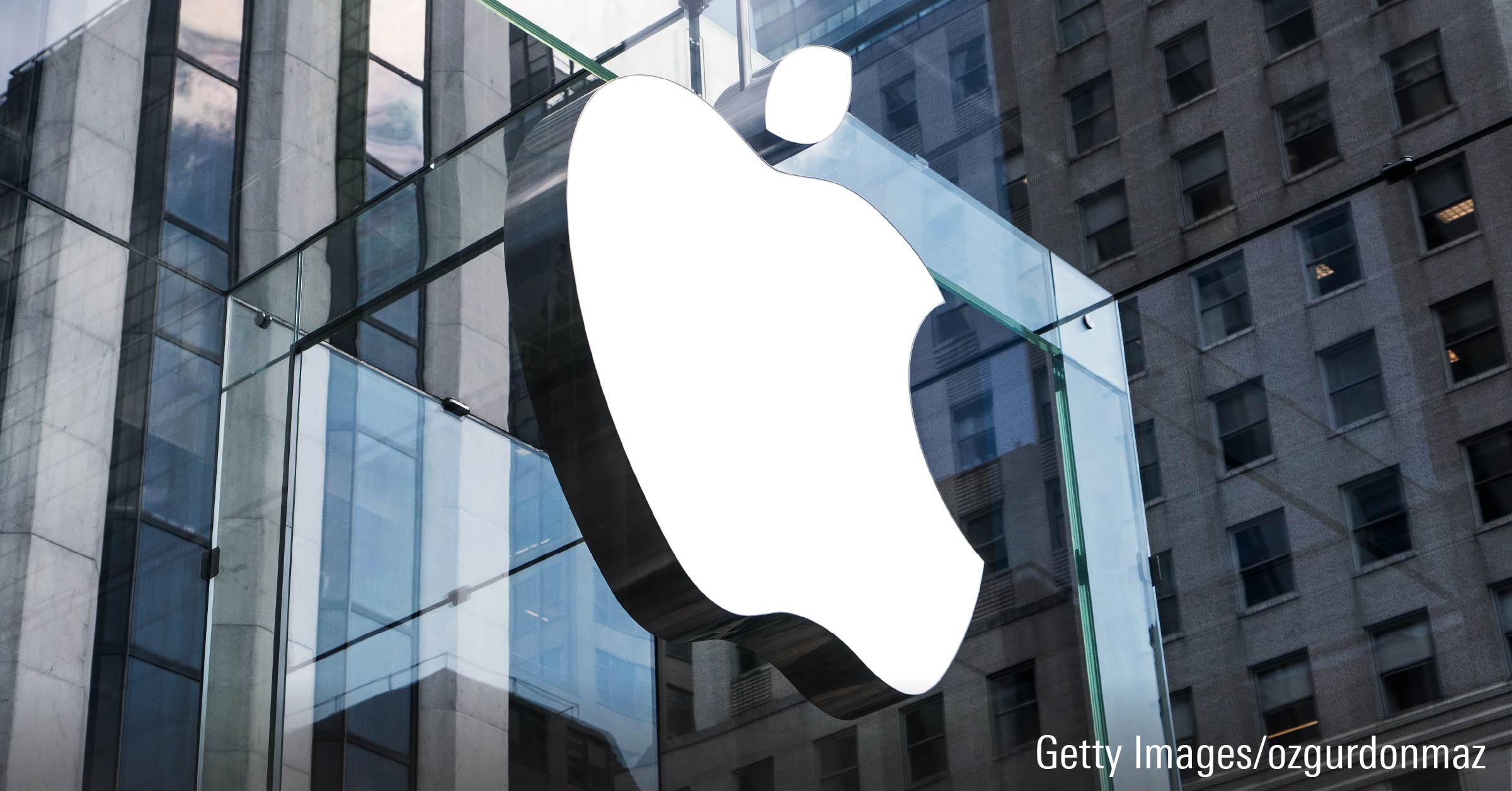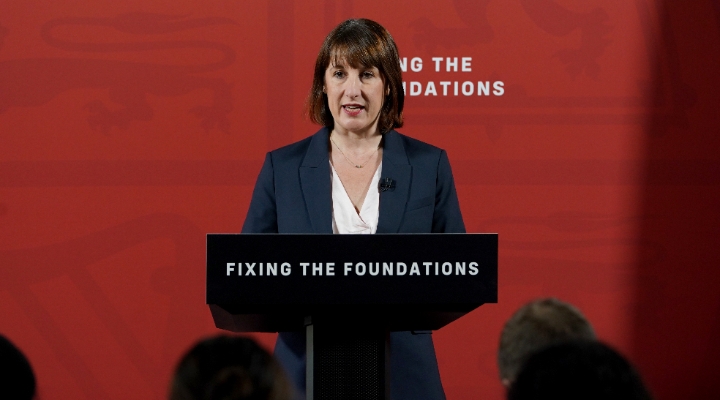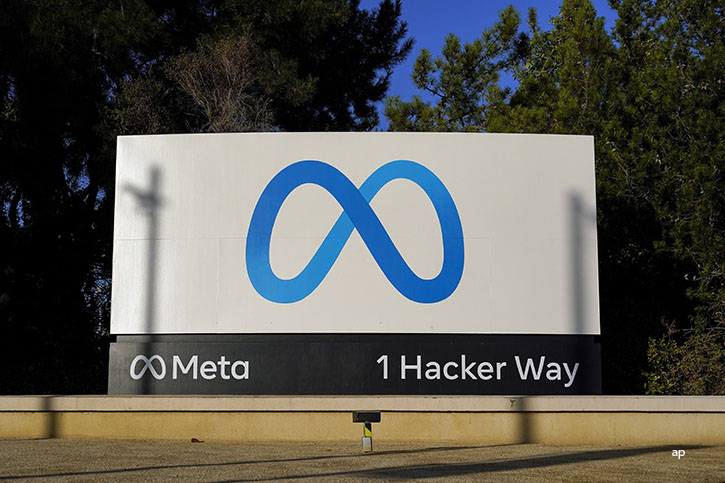Jason Stipp: I'm Jason Stipp for Morningstar. As the active and passive debate continues abated, investors may wonder just which camp they should fall into. I am here with Joel Dickson of Vanguard to offer some insights on active versus passive investing from Vanguard's point of view.
Joel, thanks for joining me.
Joel Dickson: It's great to be here, Jason.
Stipp: The debate between active and passive is as fervent as ever. Vanguard offers index funds--you're known for your index funds. You also offer active funds. We have Medalist ratings on both types of funds at Vanguard. So, from Vanguard's perspective, why do you have the active funds? What role do they fill in your product lineup?
Dickson: Actually, it's funny; Vanguard started as an active-management shop back in the early 1970s. And over time, while there have been more passive assets as we've grown, still about 40% of our total assets are in active strategies in various forms. And really, the passive-active distinction is more about cost than it is about the intelligence or randomness of active management. It's about cost.
And all else equal, lower cost means the shareholder or the investor keeps more for themselves. And that's true whether you're talking about an active strategy or a passive strategy, and minimizing the cost gives you the best chance for success over time.
Stipp: So, whether you are going active or passive, keep an eye on that expense ratio. Is there any philosophy at Vanguard that says we would be more likely to have an active fund in this area of the market and we would be more likely to have index products in this area of the market?
Dickson: It's funny because a lot of times you'll get people thinking that less efficient markets mean a better chance for active management is usually the way that it goes. Our view of it is really much more of the fact that the zero-sum game holds in all markets, whether it's efficient or not efficient. If an investor has bought a security, somebody else sold it to them. And so, you have a winner and a loser on each side. And in aggregate then, you're going to get the market return. And if you can minimize costs, that means you have a better chance of outperforming with that zero-sum game in place.
So, when we talk about [active and passive] in portfolio construction, it is a little bit more about whether you as an investor really do have a belief in an approach of a particular asset manager or active approach. And if so, then maybe what you do is, regardless of whether that might be in large-cap growth stocks or small-cap emerging-market stocks, where you believe you have a manager who can provide some sort of performance advantage for you, whether it's risk or return, use that manager and then build around that with passive. So, basically using it as satellites, those active, wherever you find you have the most conviction.
Stipp: So, it doesn't have to be an either/or proposition; you can build a great portfolio using both. I know that you've done some research on that. I think your research found that if you have index funds and you've blended them, you can have better performance, in some cases. Is that right?
Dickson: It's all going to depend. Again, it comes down to how you are doing from a cost standpoint. A lot of things that you can do with traditional active management you can replicate from a factor standpoint, for example, in passive-type implementations. And as a matter of fact, that is in many ways what we're seeing in the ETF industry with the rise of strategic-beta portfolios as they focus on [the questions] "What characteristics of risk do I want in my portfolio and how do I best achieve those in a diversified low-cost way?"
So, it's really, at the end of the day--whether you're using traditional active, whether you are using passive, or some sort of blend type of strategy--at the portfolio level when you look at it, do you have all of the areas covered that you need to in order to meet your long-term goals?
Stipp: You mentioned strategic beta or smart-beta funds there. You had some commentary on Vanguard's website recently about how investors should view these funds. They are passive funds; technically, they are following an index. But you said investors really might want to think about some of these funds with an active lens. Can you explain that?
Dickson: Hope springs eternal for me. As I get older and older, I keep wanting to believe that 50 is the new 30. In that same way, passive is the new active. By that, I mean that people are using passive strategies to represent active views--whether it is in the form of using market-cap-weighted passive products to express a tactical view on a particular segment of the market, or in some of the strategic-beta products where the index may be a reflection of an underlying active strategy. And if we think about how a lot of these smart-beta or strategic-beta portfolios are looked at from a due diligence standpoint, you're really--as an investor--saying, "Do I believe that this particular exposure, this particular strategy, will outperform going forward? And does the portfolio look like I believe it should in order to capture that potential outperformance?" Well, that's the exact same due diligence approach that we take to traditional active management. Does the strategy make sense? Is it being implemented in a way that's reflected in the portfolio? And do I believe that will continue in the future?
And so, when you take that lens, it is really thinking about an active due diligence process applied to what might be an index construct. I think where the confusion sometimes comes in is when people say, "It's being managed in an index product, and so I am taking out the manager risk of that approach." Well, in fact, the manager risk has just been embedded into the index construction methodology. So, at the end of the day, what are the industry weightings? What are the risk exposures and how does that fit into my overall portfolio?
Stipp: So, know what you're looking for and also know what you are buying.
Dickson: As always.
Stipp: Joel Dickson from Vanguard--thanks so much for joining me today.
Dickson: Thanks, Jason.
Stipp: For Morningstar, I'm Jason Stipp. Thanks for watching.





























